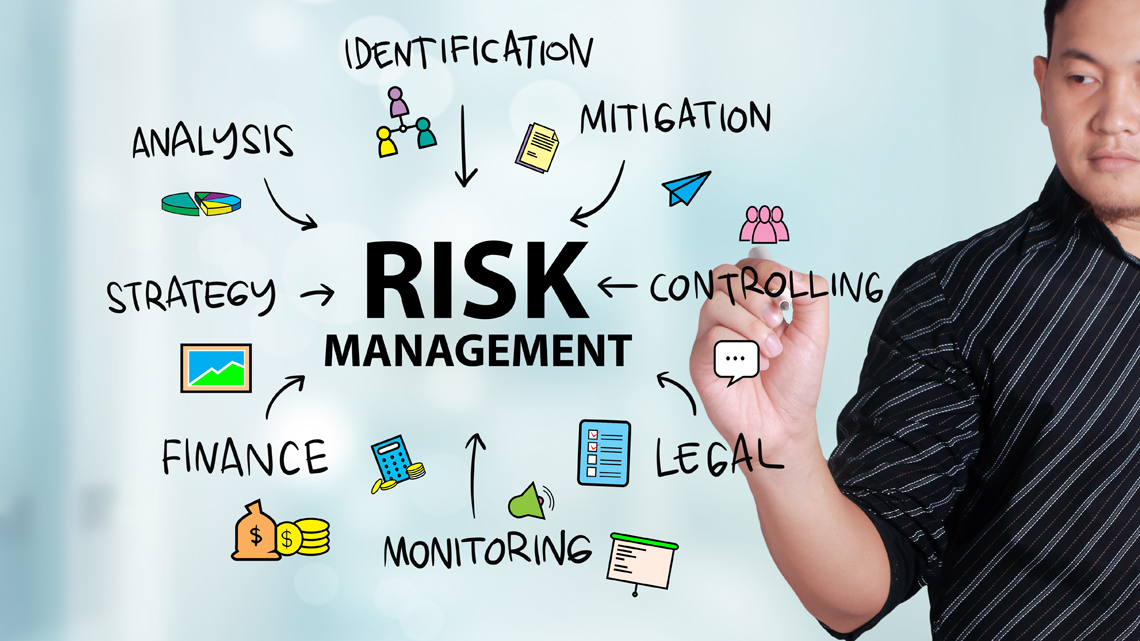
HR teams have plenty to do, from the recruitment of top talent to retention of employees, and everything else in between. However, of all the priorities HR has to manage. HR risk management may be the most challenging.
You may have heard about risk management for businesses, but you probably have not heard of the ways HR (human resource) risk management will benefit your entire company. So, let’s talk about why risk management is important to HR, and how can you optimize what you are doing for risk management.
What is HR Risk Management?
Human Resource risk management is the process of the organization identifying and analyzing potential risks related to the resources that belong to the organization. This includes any activities to compliance with labour laws, employee attrition, pay equity, and employee benefits.
The Importance of Human Resource Risk Management
- Employee Well-being
A healthy workplace equals productivity and innovation. HR risk management helps to create a safe, respectful, and supportive workplace.
Further, HR will manage risk scenarios towards employee well-being, including workplace harassment, or safety issues, and ensure employees feel valued, satisfied, and engaged. The organization not only becomes compliant but a place where collective employee well-being can thrive.
- Compliance and Regulations
HR Department needs to be aware of different rules and regulations the organizations and employees need to comply with. Organizations, without realizing it, will get flagged for noncompliance, and possibly litigation. For that reason alone, it is a must for the HR team to stay updated with new policies and compliances.
- Maintain Company Culture
The culture of an organization is its identity, and the risk management functions of human resources must be looked after. It is important to recognize possible hazards to the organizational culture, whether caused by poor leadership, lack of communication, or wrong values.
If, as an HR professional, you fail to do so then help to alleviate those risks to keep the organization’s culture alive and thriving. Ensuring the company culture is cared to be engaged and to remain in a strong position when faced with change.
- Enhancing Recruitment and Selection
Recruitment and onboarding also come with risks and are arguably one of the biggest risks of the organization—the risk of hiring unqualified candidates.
HR risk management can enhance the recruitment and onboarding process into a strategic activity. In the process, there are screening methods, credentials are verified, and interviews are conducted with thoughtful methods. HR invites the organization to a conversation for each role with an actual contributor while minimizing any risk associated with hiring the wrong talent.
- Performance Management
A productive and innovative workplace is a by-product of an engaged workforce. HR risk management is more important, it is a practice that fosters an environment of safety, respect, and support in the workplace.
As part of a well-defined HR process, they will reduce risks associated with workplace harassment, inadequate safety measures, and other potential risks to employee well-being and engagement. Here employees feel valued, satisfied, and highly engaged, which results overall positive and productive culture.
- Managing Conflicts
The HR risk management process is there to lighten unwanted conflicts. Knowing the foundational potential to have risks, HR can assist in managing and mitigating conflicts and finding resolutions both proactively and reactively. Thus, promotes a thriving culture with mutual respect and resilience to grow.
Steps in the HR Risk Management Process
By now we know the impactful role of the HR risk management process in building a collaborative and effective business management system. Here are the key steps to follow in the process:
Identify Risks
The first step is to identify the risks. You need to think about general risks (something that can happen to any organization), as well as the risks that are unique to your organization.
Assess risks
Next, you need to assess and rank risks according to the impact that might be caused. Consider – the risk occurring likelihood or frequency, and severity of consequences.
Develop Strategies
The next step is to find or develop solutions (risk management strategies) and then put them into action. Formulate policy and procedures for effective management.
Implementation
Inform the plan and ensure buy-in from all those who are in the organization. Train all of the organization’s staff and volunteers to understand the rationale of the risk management plan, along with the expectations, procedures, forms, etc.
Continuous Monitoring
Risk management for HR is a daily process. Setting up a process facilitates you to be proactive about assessing and dealing with risks as they present. This begins from the point of hiring.
Conclusion
In conclusion, HR risk management is critical to the performance and sustainability of an organization. This impacts both risk aversion and the development of an organizational culture of employee safety, compliance, and responsibility. By absolutely attaching risk management, and implementing plans effectively, HR professionals assist the success and sustainability of both the employee and the organization.
Visit APAC Entrepreneur for more business management articles.
